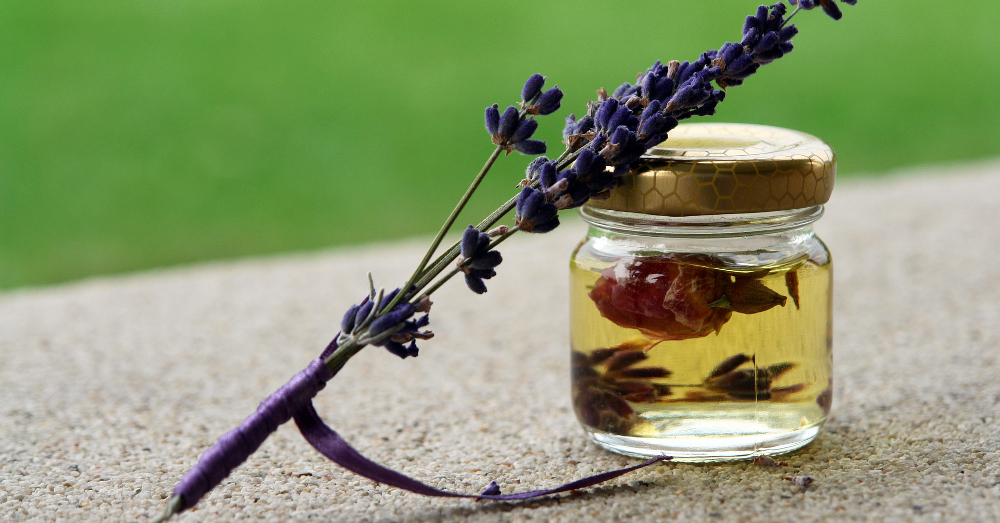
Safe Alternatives to Toxic Mothballs
In earlier times, mothballs were commonly added to storage bins, boxes and trunks to prevent clothing made from natural fibers from becoming infested with moth larvae. Mothballs contain toxic chemicals, namely naphthalene and paradichlorobenzene, which are unsafe for people, pets and wildlife. Several safe alternatives exist to the use of mothballs, including cedar blocks or chips and essential oils such as lavender, mint and white camphor.
October 18, 2017 | Source: Mercola.com | by Dr. Joseph Mercola
Prior to the mass production of synthetic fabrics such as polyester, mothballs were commonly added to bins, boxes and trunks to prevent stored clothing made from natural fibers from becoming infested with clothes moths (Tineola bisselliella). Perhaps you remember visiting the home of an elderly relative whose attic or basement smelled strongly of mothballs. It’s an unforgettable odor and one that can be toxic with continuous exposure.
Even though people today wear fewer natural fabrics, such as wool, mothballs are still in high demand. While they were once used almost exclusively to prevent moths from attracting to stored clothing, mothballs are now mostly misused to deter pests found in attics, backyards and gardens. A far better solution to moth control is the use of essential oils, such as lavender, mint and white camphor oil.
Who Regulates Mothballs and What’s in Them?
In the U.S., mothballs are regulated by the Environmental Protection Agency (EPA). Currently, more than 30 products are registered with the EPA that contain paradichlorobenzene, as well as more than a dozen products that contain naphthalene.1 Notably, the European Union (E.U.) banned the supply of all naphthalene-containing products in 2008, due to concerns about toxicity.2
Pesticide labels, including labels for mothballs, detail exactly where and how you can use the product legally. Using mothballs in ways beyond what is recommended on the label is not only illegal, but can be harmful to people, pets and the environment.3 For example, mothballs are sometimes used in gardens to deter digging rodents. Tim Stock, Oregon State University (OSU) pest-management expert, said:4
“People often use mothballs in inappropriate sites and against incorrect pests. The only recommendation that counts is the product label, which is a legal document whose instructions must be followed — particularly on where mothballs may be used and which pests they will control.”
Stock and Dave Stone, assistant professor in OSU’s environmental and molecular toxicology department, co-wrote an article entitled “Mothballs: Proper Use and Alternative Controls for Clothes Moths.”5
Stone says mothballs should not be used inside attics, crawl spaces, gardens, trash cans or vehicles. “Often, mothballs are used in these locations to control pests other than clothes moths,” he says. Some of the wild pests Stone mentioned are deer, mice, moles, raccoons, squirrels and skunks. He suggested that domesticated cats and dogs have also been targets for mothballs. All such animal applications are illegal, and sometimes dangerous, said Stone.6
“A relatively common mistake is placing mothballs in an attic to repel squirrels. This will almost always result in a persistent and noxious odor throughout the home.”
How the Toxic Ingredients in Mothballs Can Affect Your Health
In the past, mothballs were made from plant-based camphor and, later, naphthalene, a derivative of coal tar. Because naphthalene is highly flammable, mothballs are also fashioned from the synthetic chemical paradichlorobenzene, which has an unpleasant smell but is cheaper to make.7
Today’s mothballs — bars, cakes, crystals, flakes and tablets — contain either naphthalene or paradichlorobenzene as nearly 100 percent active ingredients.8 When you inhale the odor of mothballs, you are actually inhaling a pesticide. According to Stone:9
“Both chemicals are fumigants, meaning that their volatile chemicals will vaporize at lower temperatures, such as room temperature. Naphthalene has been associated with adverse health effects such as headache, nausea, dizziness and difficulty breathing. Paradichlorobenzene is also a potential hazard, although typically less than naphthalene.”
Because naphthalene and paradichlorobenzene transition from a solid straight to a gas, a process called sublimation, it is their toxic fumes that kill moths and moth larvae.10
In addition to the concerns noted above, I would add that paradichlorobenzene has been found cause cancer in animals. Prolonged exposure to naphthalene can damage or destroy your red blood cells, which may cause diarrhea, nausea and vomiting. Due to the potential side effects, it is essential that you follow all label instructions and take steps to limit your exposure to naphthalene and paradichlorobenzene, whether in mothballs or other household products.
